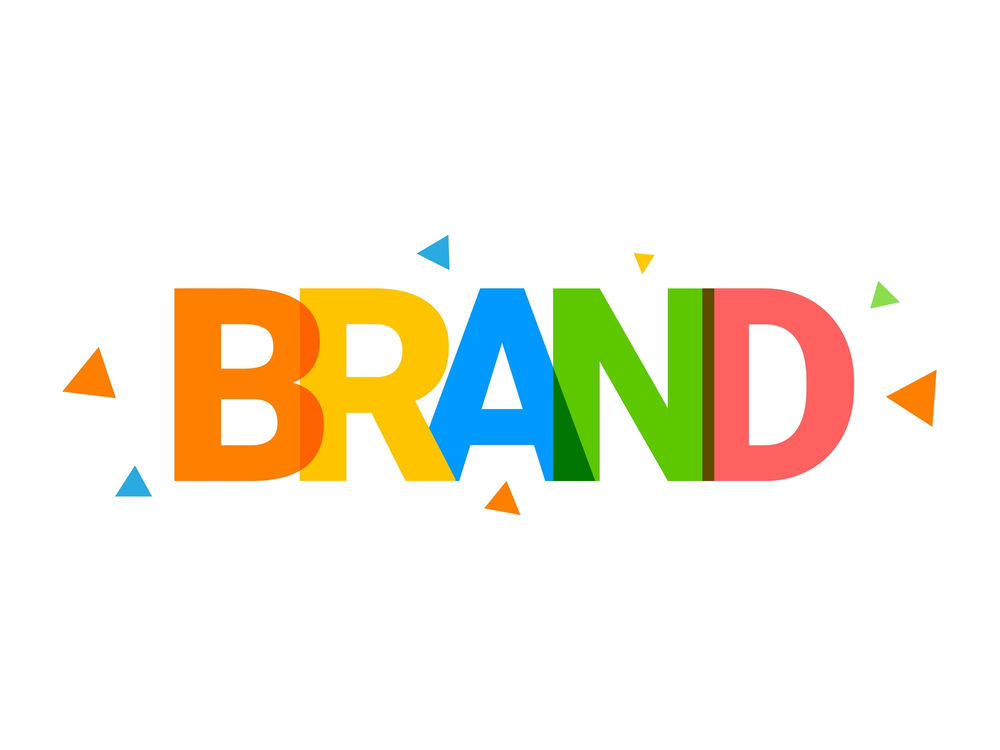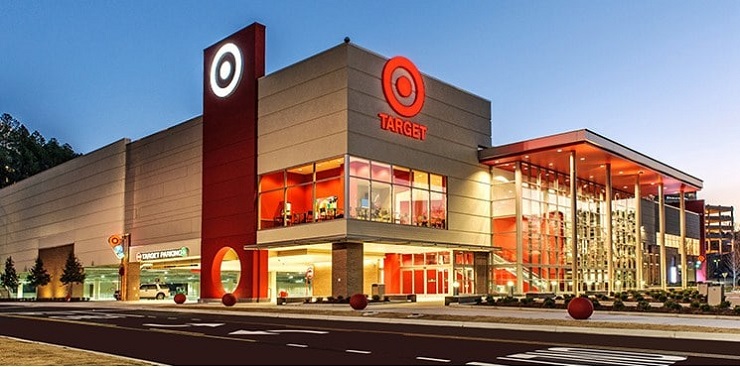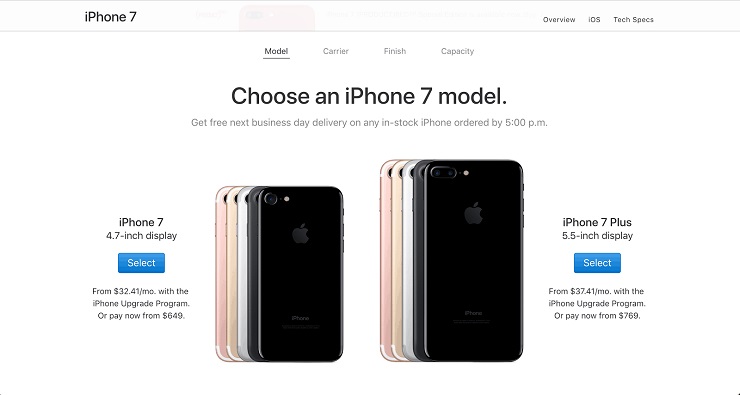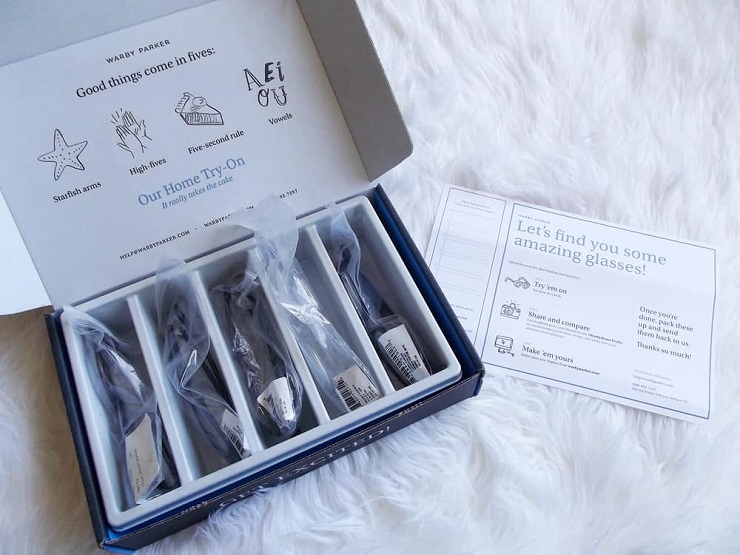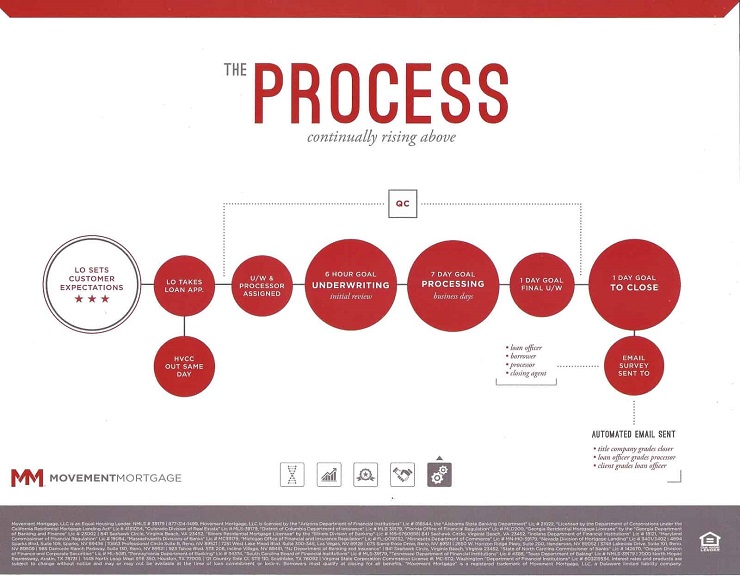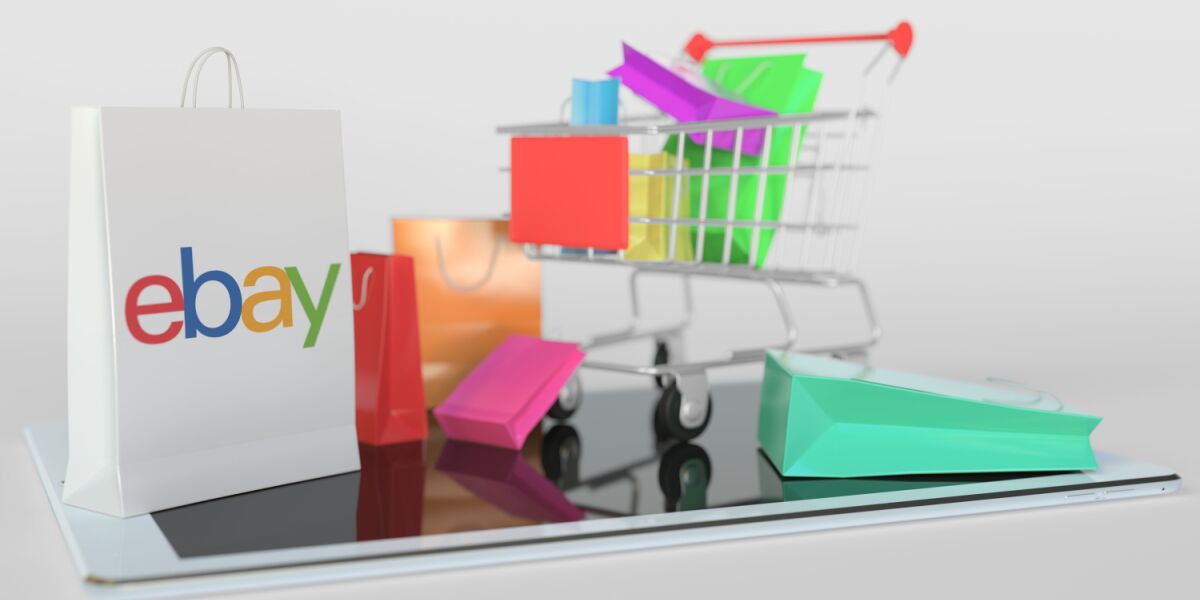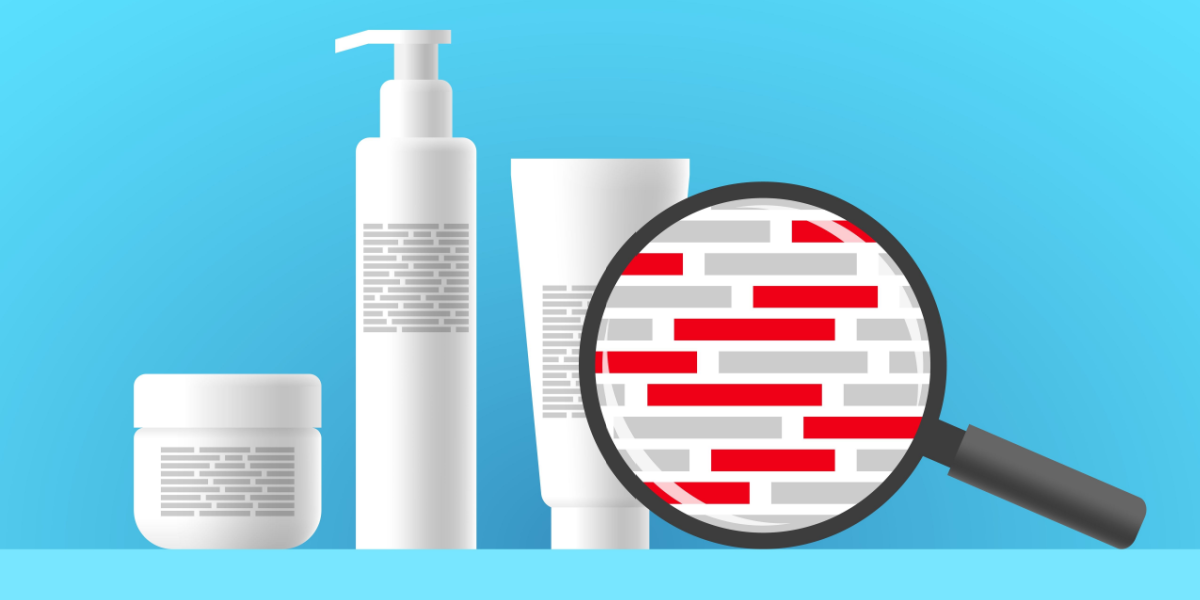Even for a small business, it’s crucial to take branding beyond just a compelling name and logo. While investing in beautiful design is a big part of branding your business, it’s only half the battle of defining your brand as a whole. Using that brand is the other half, the half that will build trust with customers and ultimately grow profits.
In addition to writing, I own and operate a tiny, event-based business targeting women in my area (Kentucky…y’all). When I designed my own brand and determined its voice, messaging, etc., I worked hard to keep it consistent and put it to good use to clarify potentially confusing parts of my service. (I’d like to say I did this strategically, but I believe it was mostly due to my drive toward perfection and order.)
It was tough, as I was operating with a small budget, but I got creative enough to satisfy my goals. After my first event, many clients approached me, offering compliments and asking about the company I was with, assuming I had a franchise. (Wha!?)
After clarifying that I was, in fact, operating entirely on my own (out of my apartment bedroom, nonetheless), I couldn’t help asking how these folks came to think I was part of a bigger brand. The feedback was overwhelming, and the praise wasn’t only about the quality of my brand’s “look,” but also how well I used it to market, connect, and grow my business in the community. I want to share these strategies with you.
In this post, I’m going to talk about why strategic brand use is important for small businesses, discuss three big elements of brand utilization, and explain some ways to apply these elements to your small business brand—all while working with that typically small number we call an entrepreneur’s budget.
What Is Small Business Brand Use and Why Is It So Important?
Building a brand includes everything from designing a logo, to gathering customer and employee perceptions, to defining your voice. It’s an expansive process that results in a narrow outcome: your brand.
According to Luke Sullivan, author of Hey Whipple, Squeeze This: “A brand is the sum total of all the emotions, thoughts, images, history, possibilities, and gossip that exist in the marketplace about a certain company.” Now, some of these brand elements you can’t create or define yourself; you have to wait (patiently) until the market does it for you.
What you can control, though, is the usage of your brand—the process of applying it to and integrating it into every aspect of your business. This is an integral part of the branding process, but some businesses skim or skip over this process altogether. (That’s right, all that hard design work for nothin’!) And by every aspect of your business, we mean:
- Your environment, i.e. your storefront, office, or restaurant
- Your packaging, print, signage, and stationery
- Your website and online advertising
- Your social media, content marketing, and email signatures
- Your sales, customer service, and employee-consumer interactions
If wielded correctly, your brand can be a surefire tool in helping your business communicate authority, seriousness, and strength.
Great Brand Use Makes You Rise Above the Competition
Consumer trust has been favoring small business for a while now. Consumers crave personal relationships with brands and are more willing to purchase from small businesses than big, faceless corporations. So, as an entrepreneur and small business owner, you’ve got that in your corner. Bravo!
So, the real question here is: How do you differentiate yourself from other small businesses? Whether you’re “small” in terms of client base, employee base, or service offering, you’re bound to be competing with a few other companies.
When deciding who to patronize, consumers trust brands that are consistent, clear, and have character (a strong identity that makes a human connection). We see that reflected in the most trusted corporate brands.
In this post, we’re not advocating strategic brand use for the purpose of growing your business to corporation-level, although these strategies would aid in that effort. No, we’re talking about strategic brand use so that you can communicate significance, sincerity, and authority. You want your brand to say, “Hey, I’m little, but I’m serious about .”
In short, your brand is defined as your customers’ overall perception of your business. Businesses that use their brands wisely can rise to the top, in consumers’ minds and budgets, and they can do so through consistency, clarity, and character. Here’s how.
Read more: Business Trademarks 101: Registering Names, Logos, and Phrases
1. No Surprises! Consistency Is Vital for Building Trust and Increasing Sales
We’ve talked about the importance of building brand trust and how it can benefit small businesses. But how does a new and/or small business brand go about building that trust? By consistently delivering on a brand’s promise. This is the quickest and most straightforward way to start building confidence behind your brand, because, well, consumers appreciate reliability and hate change. Write that down! Consumers hate change.
Consistency creates harmony between all aspects of your business, from your social media channels to your restaurant menus. Prioritizing uniformity means not only ensuring that your brand design is the same across all mediums, but also ensuring that the intangible sides of your brand adhere to similar guidelines. Let’s look at some big brands that have done it well.
Starbucks
Local coffee shops continue to showcase the individuality of towns across the world. But, while these shops are so celebrated, have you noticed that Starbucks locations keep popping up in every nook and cranny, from interstate exits to town squares? Why do you think that is?
Starbucks is stellar at meeting consumer expectations. Sure, each storefront might look a little different and each menu may vary depending on location. But, regardless of what city you’re in, Starbucks consistently delivers on customer expectations, from how to order to what each drink tastes like. Consistent brands meet expectations.
Target
I bet you’d recognize the red Target logo from across the massive store itself. Before even stepping foot in a newly built Target, I bet you could dictate exactly how that shop is going to look and feel, right down to the location of the frozen pizzas along the back or the customer service desk right inside the door. Target’s ability to introduce—and maintain—a steady shopping experience has helped customers know exactly what to expect when visiting. Even as they continue to grow, Target recognizes and capitalizes on the fact that humans like predictability. Consistent brands avoid surprises.
Nike
With a simple product line like Nike’s, you’d think the company would have to be reinventing themselves quite often. But Nike hasn’t wavered in their brand promise once in many, many years. “Nike has aligned its brand with the spirit of sport. The company embraces the world’s great athletes and the average person,” says Professor Tim Calkins from the Kellogg School of Management. Familiarity in branding can foster trust and confidence, which is why Nike has become a household name and a reliable brand. With relatable advertising and consistent messaging across all platforms, buying a Nike product is like going to lunch with an old friend. Consistent brands foster familiarity.
Now, take a look at your small business brand. Here’s how to use your brand to create consistency on par with some of these masters.
Start with that logo package sitting in front of you, assuming you took our advice on great design. Ensure that all your digital presences—your website, social media, email signature, everything—are updated.
If you’re working with constantly changing print or digital material, use Canva’s affordable Canva for Work option, with which you can upload your custom font, color scheme, and logo. Creating templates in Canva can also help you avoid recreating the wheel.
Be flexible while sticking to your core brand principles. Your brand will look different as applied to different media or as marketed to different audiences, so give your brand some fluidity by creating a “mood board” or identity board. Remember the thrill of making collages in grade school? That’s essentially what this is.
Mood boards are collections of different items—words, colors, photos, textures, other brands, etc.—that help you get a sense of what your brand stands for. Many designers utilize mood boards to hone inspiration and set direction, and you can do the same when broadening your brand identity. This tool will also help you nail down your overall brand feel so that your brand can consistently deliver, regardless of the medium.
2. Bring Order to Chaos. Clarity Is Essential to a Strong Brand
Your brand is your business’s first impression, and clarity is the dividing line between strong and weak brands. A convoluted brand not only fails to attract consumers, but also minimizes the impact of your business. Since part of your holistic brand is customer experience, it’s important to ensure your brand only enhances every customer interaction.
Today, new technology is advancing like wildfire, and innovative companies run the risk of alienating themselves from customers. In fact, a recent Edelman study reported that 54% of people surveyed were very cynical about new technology, stating “business growth or greed/money are the real impetuses behind innovation.”
Not only are consumers increasingly distrusting of continuous innovation, but they also understand new technology less and less. Bottom line? Brands must speak with down-to-earth language and work hard to bridge the gap for consumers.
Consumers are also exposed to over 5,000 advertisements and brands each day.
No one can actually notice, absorb, and process that many interactions each day. So, how are you going to ensure your brand stands out? In this crazy busy world, you want your brand to not only be memorable but also be a breath of fresh air. You want your consumers to walk away from an experience with your company feeling relieved and empowered (ideally, to buy). That’s where brand clarity comes in. Check out how the big brands do it.
Apple
Apple should be considered a brand kingdom. Between its wide line of products, multiple sub-brands, and consistent production of new technology, Apple would be far too confusing to be breached by the average Joe Consumer—if it weren’t for its brilliant branding.
Apple has worked hard to brand its products in a way that streamlines the research and purchase experience. They’ve streamlined their product offering so that there’s only a few to choose from in each category, which actually helps consumers make decisions. They’ve even designed their storefronts to make product presentation and display beautifully simple. If any company has exuded clarity in its branding, it’s Apple. Clear brands bring order to chaos.
Warby Parker
Warby Parker is an online prescription eyeglasses and sunglasses retailer. You heard that right, an online eyeglass shop. How in the world does a company successfully conduct such a tangible experience online? Clear branding, my friend.
First, the Warby Parker website is gorgeously simple, providing a seamless research and shopping experience. Second, Warby Parker’s packaging and print materials are sleek and informative, helping consumers navigate both the try-on and insurance-backed purchase experiences. They implement their brand guidelines everywhere and use their branding to clarify an otherwise complicated, foreign transaction. Clear brands create structure.
Now, take a look at your brand. Here’s how to use your brand to create clarity.
Implement your brand guidelines in every piece of your business, whether physical, digital, emotional, or intangible. Lean on your branding to help explain tough sections of your business. A great way to do this is through infographics (templates available on Canva or Snappa), an increasingly popular way to visually represent data and information. Remember, your brand is in place to make life easier for your customers.
For example, purchasing a home mortgage is a complicated, foreign experience. To combat that, Movement Mortgage has not only branded its business simply and beautifully, but they’ve also used its branding to clearly explain the mortgage process through an infographic. They’ve educated and equipped their customers with important knowledge and have built brand trust through the process.
Another way to ensure a seamless customer experience is through packaging, especially if you have an ecommerce business and can’t interact with your customers in person.
Lumi is an affordable tool many small businesses use to communicate a clear, powerful brand through beautiful packaging, often the only physical interaction consumers will have with your business.
3. Build Character. The Explosive Power of Human Connection
The best brands have a way of building true faith in their characters. Humans thrive on personal connections, and the same rule goes for the consumer-brand relationship. Being a small business is enough to separate you from cookie-cutter corporate companies, but beyond that, it’s up to you to give your business personality.
With thousands of businesses entering the playing field daily, modern brand trust has come to depend on personal relationships. Brands with character are associated with being human, or at least providing a human experience, and are automatically set apart from the rest. Many big brands, regardless of size, have achieved this perception and reaped the benefits.
Southwest Airlines
With self-seating and singing flight attendants, Southwest has constantly blazed its own path in the airline industry. Southwest has forever memorialized its brand by not only setting its service apart in an otherwise monotonous industry but also by infusing its brand messaging into its customer experience and customer service. From incredibly kind employees to one-of-a-kind flight booking, the brand has combined unique elements to achieve a single objective: standing out and serving well. Brands with character are memorialized.
Coca-Cola
Over the years, the Coca-Cola brand has ventured into not only each customer’s refrigerator but also into their lifestyle. Like Nike, Coca-Cola’s product line is small, but its impact and intentions are huge. “Everything they do is inspired by this idea of, How do we promote, develop and create happiness?” says Jim Stengel, author of Grow: How Ideals Power Growth and Profit at the World’s Greatest Companies.
Coca-Cola has shifted its brand spotlight away from its product and onto the possibilities of life with its product. In doing so, the company has given its entire brand a character, a feeling of trust, and a loyal customer base that can’t be denied. Brands with character attract loyal customers.
Now, take a look at your brand. Here’s how to use your brand to create a character.
Luke Sullivan, in his book Hey Whipple, Squeeze This, says, “People don’t have time to figure out what your brand stands for. It is up to you to make your brand stand for something. They way to do it is to make your brand stand for one thing. Brand = adjective.”
Now, this quote may pertain primarily to advertising, but it’s just as applicable to your business. What’s your one adjective? If you’re having a hard time characterizing your brand, start with that adjective and build off of this descriptor to create your brand persona.
Use social media to show transparency and authenticity. Connect, don’t market. One brand that uses social media to showcase character is Virgin Airlines. Richard Branson, founder of Virgin Airlines, has said: “Social media is such a terrific way to connect with our customers that I would never miss out.” Virgin Airlines has succeeded in not only nailing brand character through social media but also boosting brand awareness—and ticket sales.
To enhance your brand identity, link your brand to a lifestyle. Build and sell a narrative. Take the spotlight of your branding away from your product or service and move it onto the possibilities of life with your product or service.
If you own a mortgage lending company, talk about the wonders of buying a home. If you are a personal stylist, discuss how fine-tuned style is directly proportionate to self-confidence. If you’re starting a brewery, well, that one’s pretty easy.
Don’t cut your brand off at the knees by limiting it to design. Let your brand grow into what it was meant to be—the emotions, thoughts, images, history, possibilities, and gossip surrounding your business (as quoted above). These give your company character.
Build Your Small Business Brand
Great design is crucial, but it’s only half the battle when defining your small business brand. The way you proactively use your brand is the other half, and employing it wisely will work wonders for your startup, allowing you to rise above the competition and develop loyal relationships with your audience that will lead to growth and profit.
Although consumer-brand trust tends to err on the side of small businesses already, a brand can only foster trust, confidence, and loyalty if taken seriously. And brand trust, confidence, and loyalty are the key to growth. Businesses that use their brands wisely can rise to the top, in consumers’ minds and budgets.
- Brands that are executed with consistency meet expectations, avoid surprises, and foster familiarity.
- Brands that prioritize clarity bring order to chaos and create structure in a chaotic and confusing world.
- Brands that establish character are memorialized and attract loyal customers by creating human connections.
Secure these three elements, and your brand will be taken seriously regardless of your business’s size, stature, or age.
How have you strategically leveraged your business’s brand to establish authority and build trust? How have you used your brand to connect with your consumers? Get more brand-building strategies from our course, taught by Eric Bandholz, the founder of Beardbrand.
